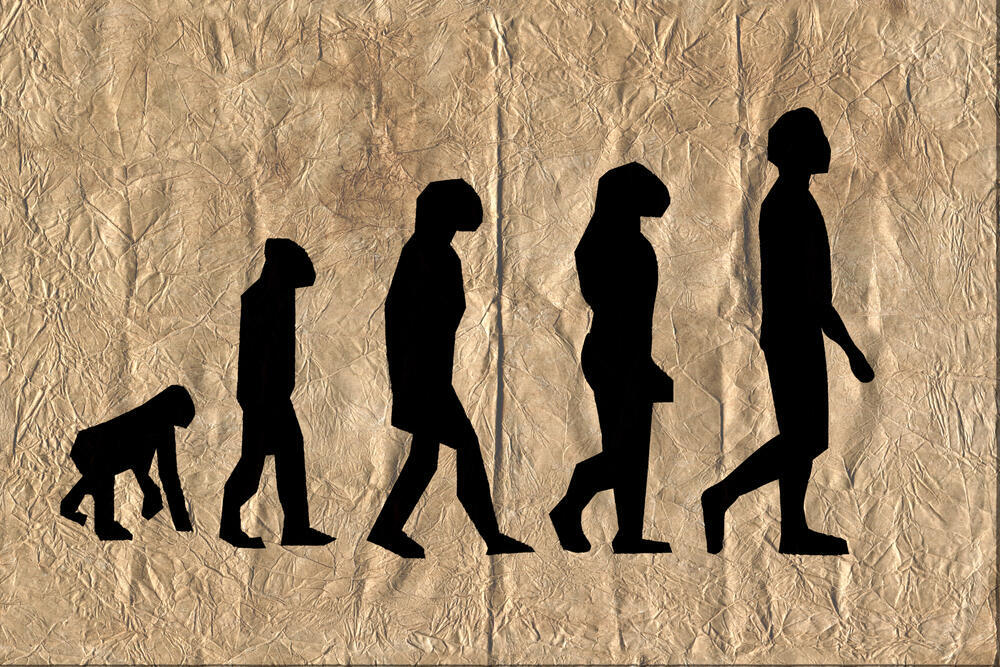Getting your Trinity Audio player ready...
Genetic evidence suggests that the ancestors of present-day non-Africans originated in Africa and later migrated to Eurasia, reaching Australia around 50,000 years ago but delaying entry into Europe for 20,000 years.
Homo sapiens spread worldwide after Neanderthals died out 40,000 years ago, with early migrants staying in the Persian Plateau region, including parts of Iran, Oman, UAE, and Kuwait, around 70,000-45,000 years ago, according to a study recently published in Nature.
Genetic and paleoecological data suggest that present-day Eurasians descended from the Persian Plateau population, which served as a jumping-off point for early human population.
Early humans left Africa and settled in the Persian Plateau likely for survival reasons, following animals and plants they could hunt and eat, with climate and aridity playing a role in influencing human migration.
Fossil and archaeological evidence in the Persian Plateau suggest the presence of Middle Palaeolithic sites but limited findings of Homo sapiens fossils before 40,000 years ago.
The Persian Plateau is identified as the most suitable location for human occupation during this time based on climate models and genetic data.
This article was written in collaboration with Generative AI news company Alchemiq
Sources: Nature, Discover Magazine, The Past, Live Science.


